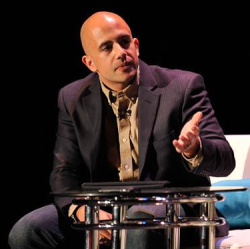 Peakview Capital is the investment advisory arm of Shengjing Group and the largest global fund of funds in China.
Peakview Capital is the investment advisory arm of Shengjing Group and the largest global fund of funds in China.
It also has millions of dollars to invest in U.S.-based venture capital funds, it says. This year. Right now.
It’s a very different message than VCs are receiving from many other institutions, judging by our recent conversations with them.
According to a variety of sources, the many brands talking with LPs include Andreessen Horowitz, Menlo Ventures, Eight Partners, True Ventures, and First Round Capital (to name but a handful). But some investors aren’t happy with the founder-friendly approach that many VCs have taken in recent years. As one investor told us earlier this week, speaking on background: “A lot of VCs have ‘returns’ but they’re mostly unrealized; it’s not like they were pumping these [portfolio companies] out [onto the public market] as soon as they could. And now the IPO market has collapsed.”
Erik Lassila, a longtime VC who is now the U.S.-based managing partner of Peakview, understands his peers’ frustration. There’s a big — and often costly — divide between paper and realized gains. But as part of an organization that plans to invest $1 billion in venture funds — including “hundreds of millions of dollars” in the U.S., a smaller percentage in Israel, and the rest back home in China — Lassila doesn’t have to worry about VCs’ mistakes in recent years. He’s working with a “blank slate,” as he puts it.









